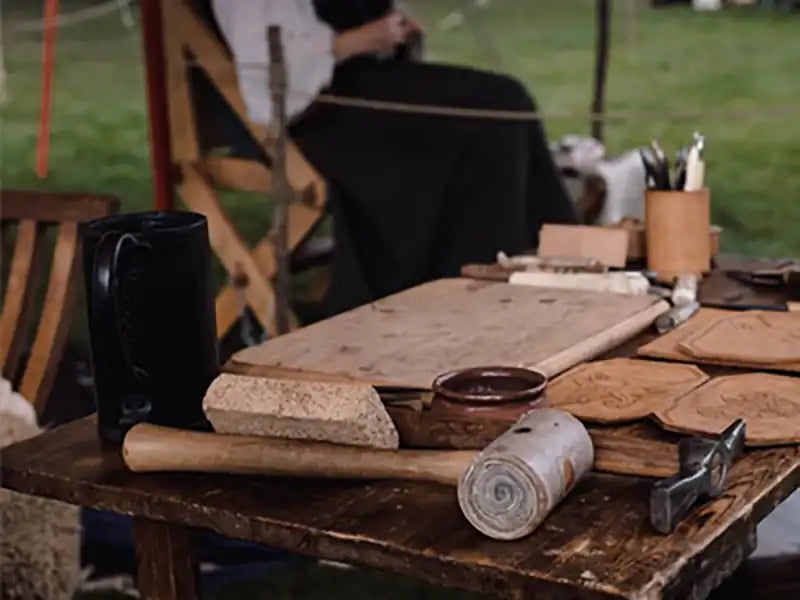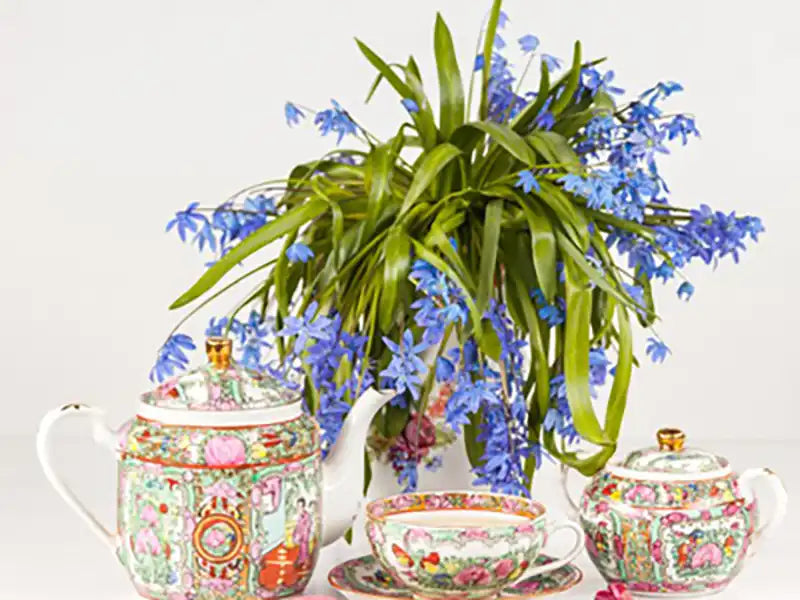Did you come home after a busy day and see that your beautiful and beloved plant was disappearing? Keep calm for now because there is still hope for its revival.
What do you think you should do to give your plant life again?
Give it water? No! Unfortunately, most people think that adding water to withered plants can keep them fresh and healthy. But this is not the case, and sometimes just adding a little more water can do a lot of damage to your plant.
First of all, it is better to read the article on general maintenance of houseplants that we published earlier.
But before we get into the basics, here's a simple but important point to make. That is, anything too much or too little will ruin the health of your plant. Nevertheless, many solutions to improve the condition of plants are very simple. Let's give you a simple example. Imagine that your plant, which is in a bright room under direct sunlight, withers and is not in a good condition. In this case, you do not need to look for complex solutions first, just transfer it to the shade.
But before taking any action, you must take basic precautions. Want to know how to get started? So do not miss the rest.
Taking care of the decaying plant
Can we revive a plant that is being lost?
The answer is yes! But first you need to pay attention to the roots. The root of the plant must be alive to have a chance to survive. If the roots were white and in better condition, there was still a sign of green, that is, there is hope. Of course you can take these steps to make sure your plants never get killed.
Well, now for a start, go to the leaves and remove the dead leaves. If the root is badly damaged, we recommend cutting the plant's leaves slightly. This allows the roots to nourish the smaller parts of the plant and thus regenerate faster and better.
Now it's the stems' turn. Cut the dead parts of the stem until you reach the green stems. Don't worry, new, healthy stems will soon grow from where you cut them. Now your plant is ready to be healthy again.
Factors affecting plant health and solutions to deal with it
Watering the plant
If your plant is damaged from over-irrigation, avoid adding fertilizer or plant food to it until it is completely healthy. Don't forget that the roots are very sensitive and need enough time to heal. Keep these plants out of direct sunlight and give them only a small amount of water until the roots heal. Your plant will be healthy when the leaves turn green like before and the soil has a balanced moisture. (Ie neither wet nor dry)
Excessive watering: Symptoms: Brown and leafy leaves, wet soil and too wet
Solution: Keep the plant away from direct sunlight and give it very little water. If you can, change the soil.
Dehydration: Symptoms: Dry and brown or withered leaves, dry and hard soil
Solution: Give your plant enough water. Keep it in a humid climate and away from direct sunlight.
Suitable water for the damaged plants
Each plant has a different behavior and resistance to sunlight. Some plants need to be exposed to direct sunlight, while other plants can not tolerate this amount of direct light and are damaged. Sometimes sudden changes in the plant's environment, such as moving it to another room, can shock your plant. To prevent this, you need to know the amount of light your plant needs and find a suitable place for it at home. There are some ways you can try to make plants healthier.
Too much sunlight: Symptoms: Whitening or darkening of parts of the plant, drying of the leaves
Solution: Move the plant to a less bright and humid place. Give it enough and prune its leaves regularly.
Low sunlight: Symptoms: The leaves are small and pale, the stem is weak and the plant is slow to grow. Solution: Move the plant to a brighter place and clean the dust on the leaves regularly. Clean the window glass and add colored sand to the soil to reflect more light.
Lighting the drying plant
Plants are a great place to attack pests, microorganisms and pests. Of course, there is not much to worry about. Because fortunately many of them can be easily eliminated. For example, you can place special plants around your plant that repel insects. You may be wondering what are the signs of the presence of these insects in your plant? There are several symptoms. Like deformed or discolored leaves that indicate vermin are chewing on leaves and sucking on plant sap. Also, the abnormal growth of parts of the plant is the result of hiding these pests or insect eggs inside your plant.
Insects: Symptoms: change in the shape and color of the leaves, the presence of holes and holes in the leaf surface, folding or tubing of the leaves, whitening of the leaves and abnormal growth of the leaves
Solution: Most insects and pests are killed by spraying a dilute solution of soap and water.
Insects harmful to plants
Are you sure the amount of water, light, and the absence of pests is appropriate and your plant problem has not been found yet? Most likely the problem is a lack of nutrients. This problem occurs when you apply to your plant soil, fertilizer or nutrient solution






